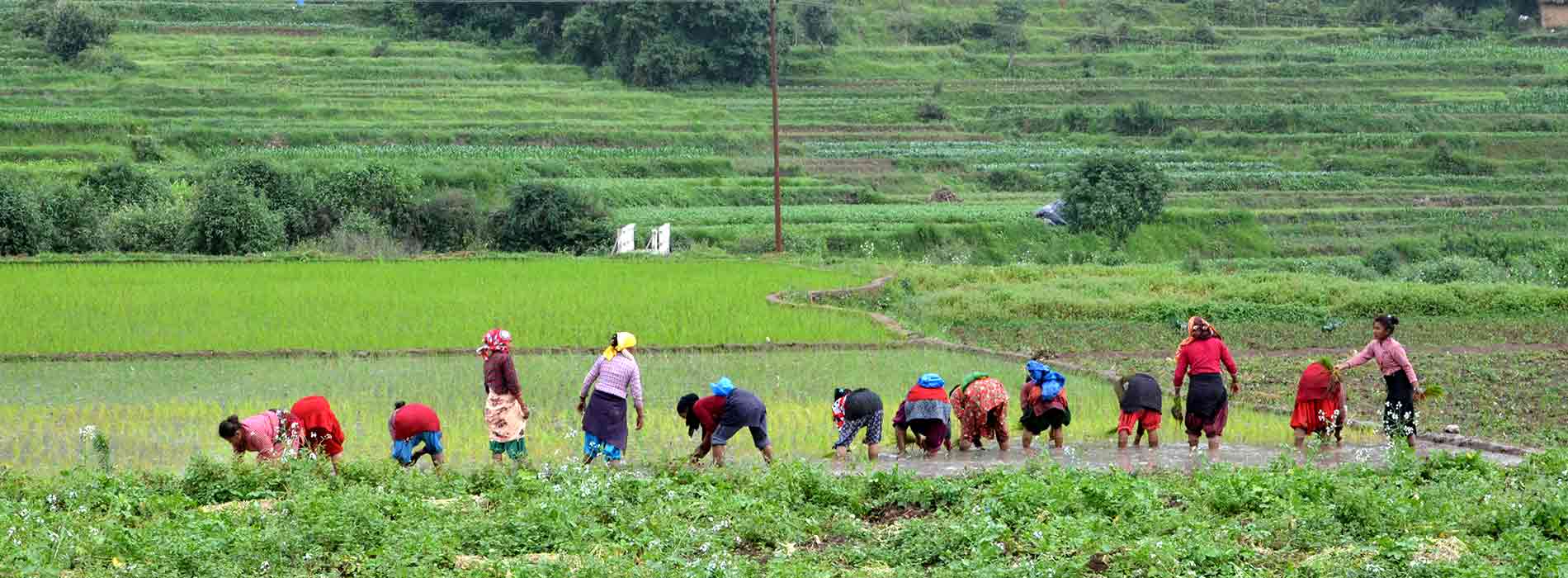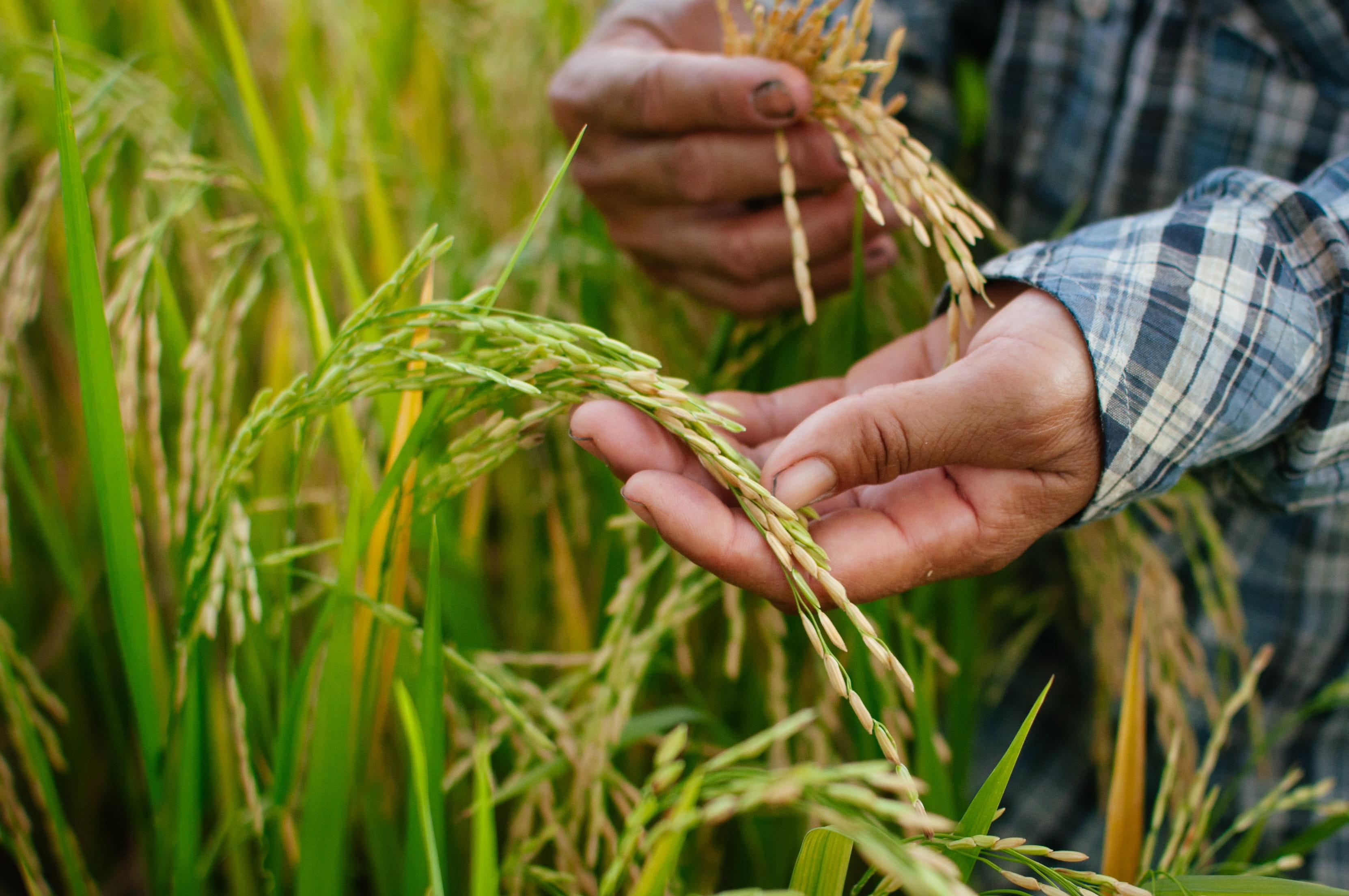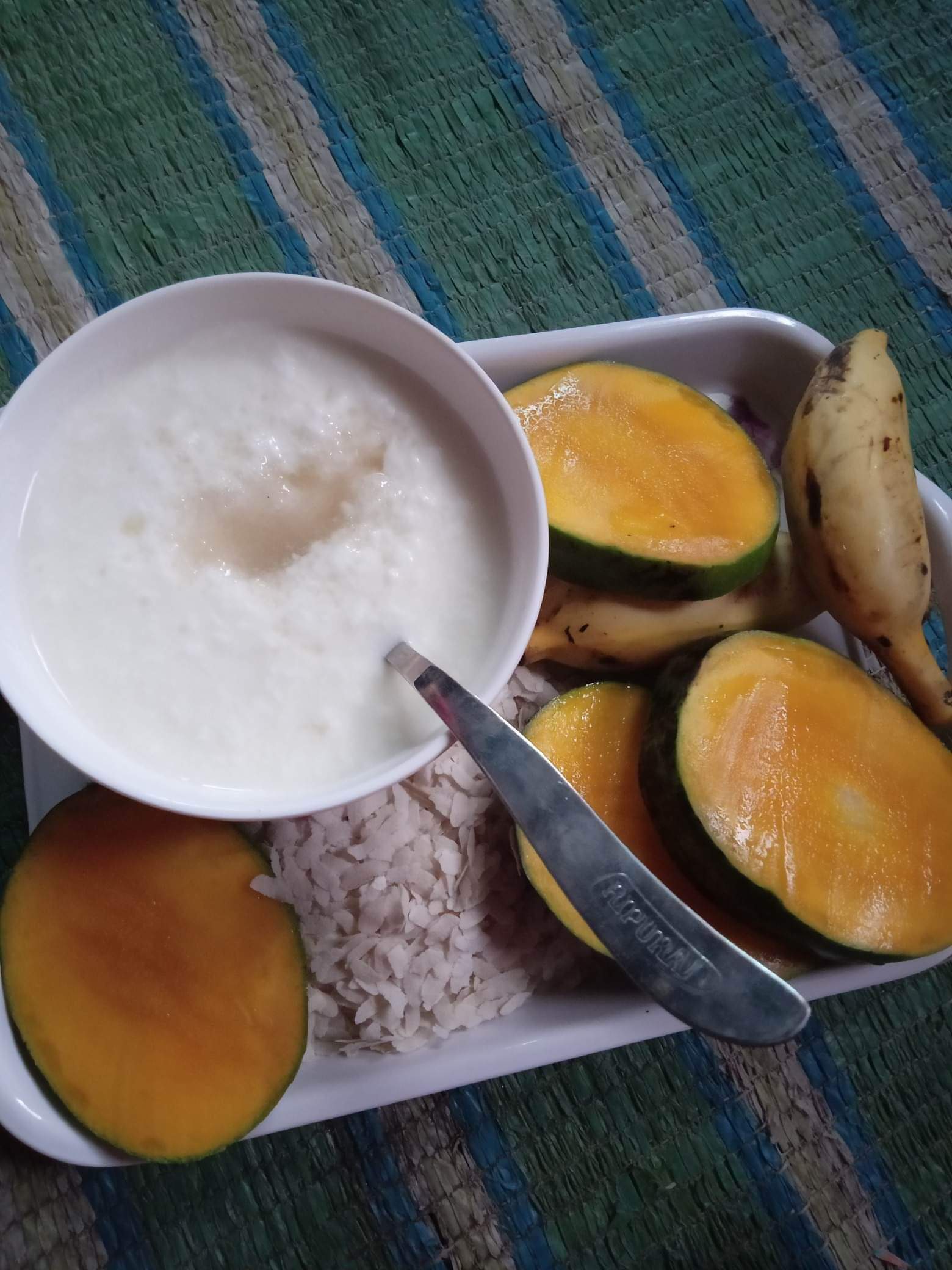
National Paddy Day – Asar 15
Nepal, a land of diverse cultural traditions, takes great pride in its agricultural tradition. Among the many celebrations representing Nepal's profound connection with nature and agriculture, one of the most precious festivals is Asadh 15 – the National Paddy Day, aka “Dahi Chiura Day”. This special occasion is a delightful festivity of rice cultivation and an occasion to savor the traditional Nepali snack, Dahi Chiura. Let's explore the significance of National Paddy Day and the joyous celebrations that accompany it.
Significance of National Paddy Day/ Asar 15
Asadh 15 – National Paddy Day, celebrated on the full moon day of the Nepali month of Ashad (June/July), holds immense cultural importance in Nepal. “National Paddy Day”, "Dahi Chiura day”, also called "Dahi Chiura Khane Din" or "Dahi Chiura Purnima," is a festival celebrated by the people of Nepal on the full moon day of the Nepali month of Ashad (June/July). The day is considered a major festival among the farmers where they play with the mud, sing songs, dance, and have a lot of fun while planting rice together.
On this day, people in Nepal celebrate by eating Dahi Chiura, which is made by mixing beaten rice (Chiura) with curd (Dahi). The beaten rice is soaked in water until it becomes soft and is then mixed with fresh curd, along with various optional toppings like fruits, nuts, etc. as per the preferences.

In Nepal, rice is the main crop. Its cultivation plays a vital role in the country's economy and food security. Thus, rice planting and harvesting seasons are very significant periods for the farmers. Because of this, various social and cultural ceremonies in Nepal are associated with these agricultural activities in Nepal.
The National Paddy Day serves as a reminder of the agricultural origins of the nation and the significance of paddy cultivation, which is the backbone of the Nepali economy. This festival does not only celebrates the diligence and devotion of farmers but also highlights the nutritious bond between the land and its people.
Curd and Beaten Rice aka Dahi Chiura: The Typical Nepali Delight

The major attraction of the National Paddy Day celebration is the cherished dish called Dahi Chiura. This traditional Nepali snack combines two simple yet delightful elements—beaten rice (Chiura) and curd (Dahi). Besides cultural significance, the combination of curd and beaten rice is believed to have a cooling effect on the body, which is especially appreciated during the hot summer months in Nepal.
Preserving Cultural Heritage:
National Paddy Day is a blissful event that brings people together. Families, friends, and neighbors gather to share the mouthwatering Dahi Chiura, nurturing a sense of friendship and togetherness. Whereas the cultural acts, traditional music, and lively dances add more vibrancy to the festivities.
The celebration of National Paddy Day not only showcases the agricultural significance of paddy cultivation but also serves as a means of preserving Nepal's rich cultural heritage. Through the passing down of traditions, rituals, and culinary practices, this festival reinforces the deep-rooted connection between Nepali communities and their agricultural way of living.
Conclusion:
Dahi Chiura Day is an auspicious occasion of immense social gathering and agricultural significance in Nepal. It is a time when the entire nation comes together to honor the hard work of farmers, celebrate the pleasure of cultivating rice plants, and enjoy the delicious flavors of the Curd and Beaten Rice. This festival also serves as a reminder of Nepal’s agricultural heritage. As well as it’s the day that expresses appreciation for the crucial part of rice paddy farming in the lives of Nepali people.
Hence, let's rejoice in the celebrations of Dahi Chiura Day and enjoy the flavors of Dahi Chiura; while embracing the enduring bond between Nepal and its precious agricultural traditions.
Images: Wikimedia